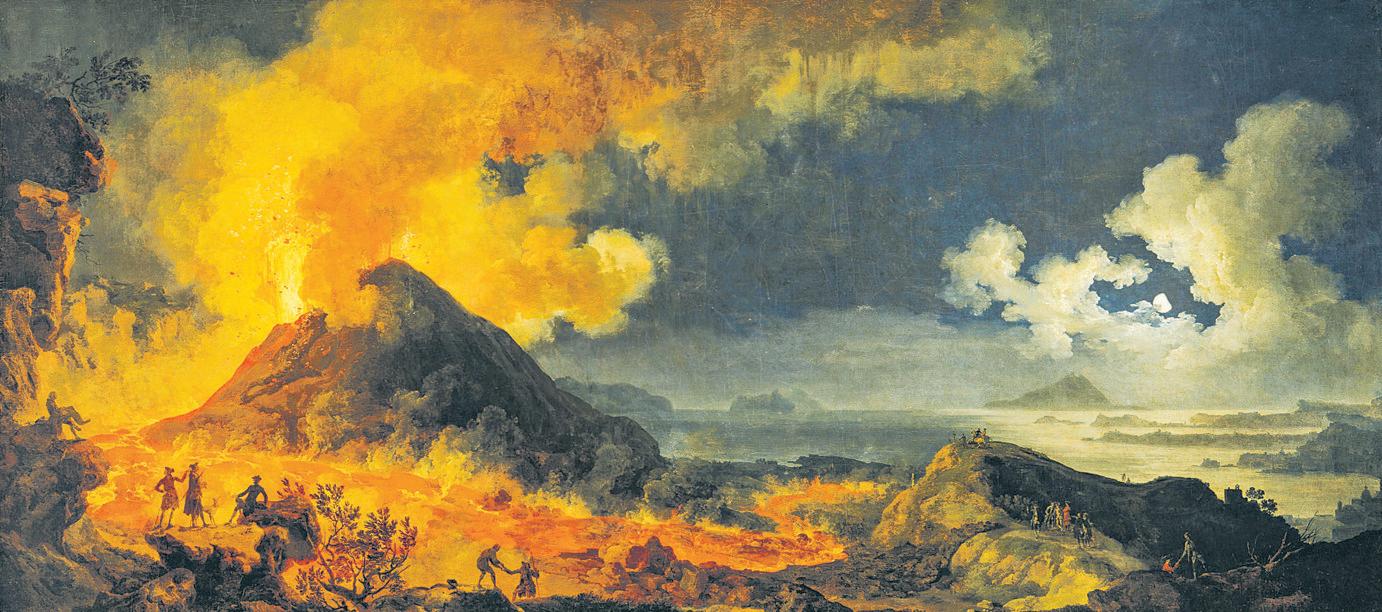The Stories of Pompeii That Archaeologists Got Wrong

THOSE FOUR WEREN'T a family. That pair wasn't a mother and daughter. And perhaps none of the other narratives meant to illuminate the lives of those who perished together in
Denne historien er fra December 28, 2024-utgaven av The Wall Street Journal.
Start din 7-dagers gratis prøveperiode på Magzter GOLD for å få tilgang til tusenvis av utvalgte premiumhistorier og 9500+ magasiner og aviser.
Allerede abonnent ? Logg på

Denne historien er fra December 28, 2024-utgaven av The Wall Street Journal.
Start din 7-dagers gratis prøveperiode på Magzter GOLD for å få tilgang til tusenvis av utvalgte premiumhistorier og 9500+ magasiner og aviser.
Allerede abonnent? Logg på
